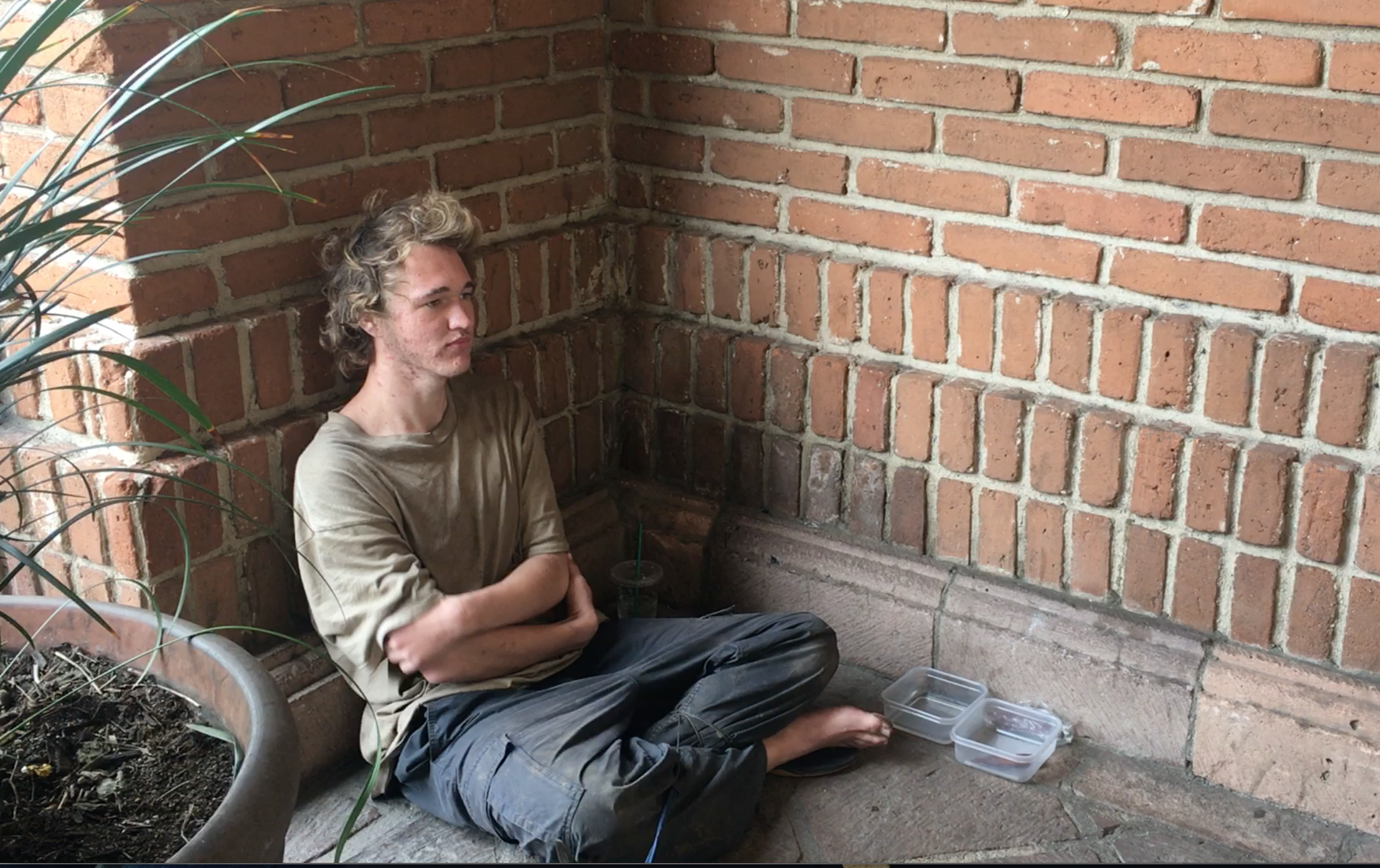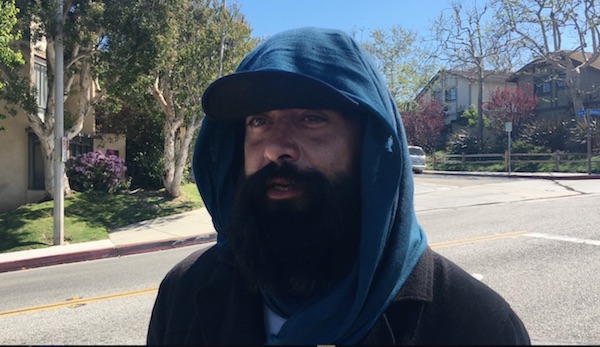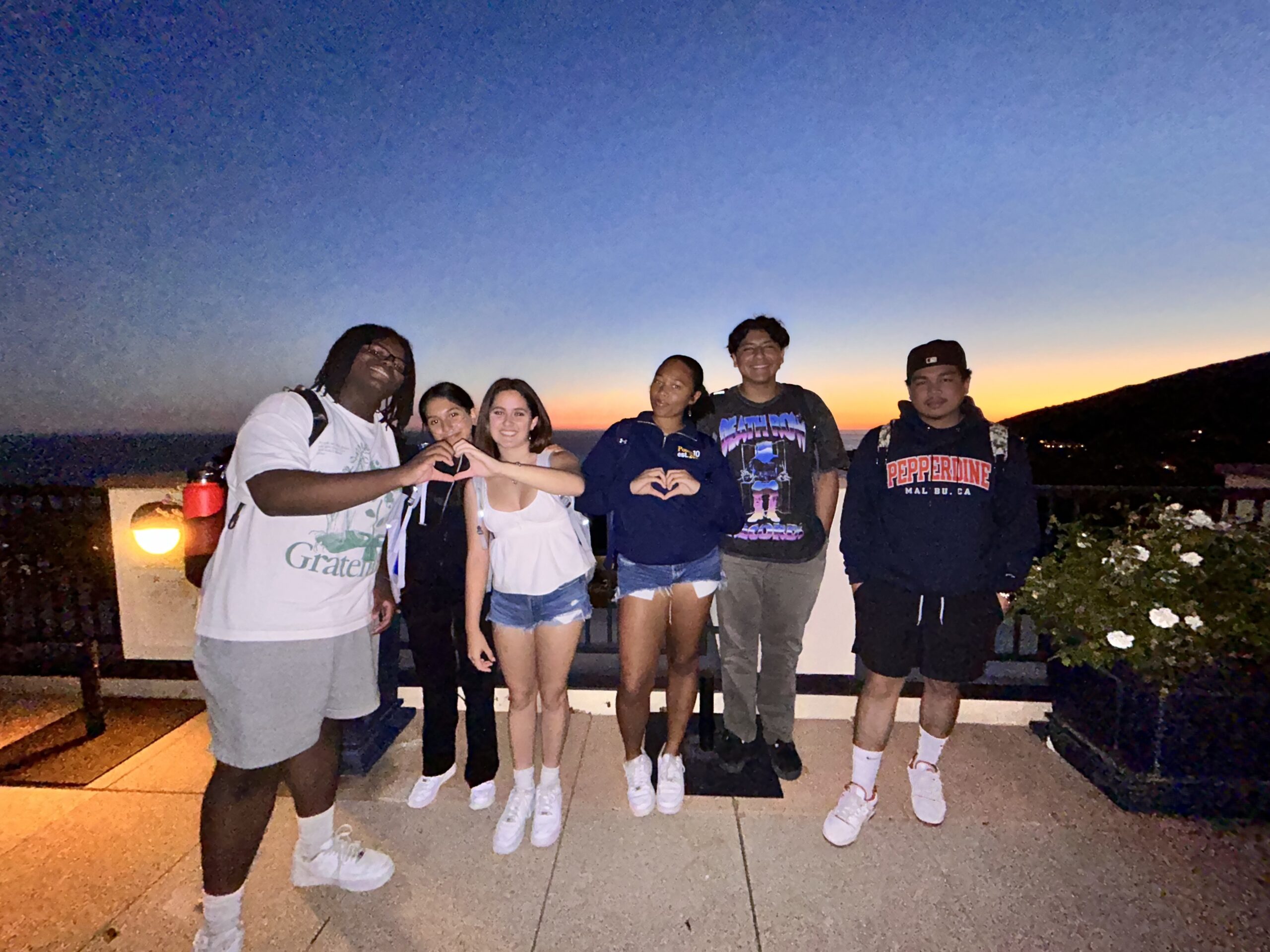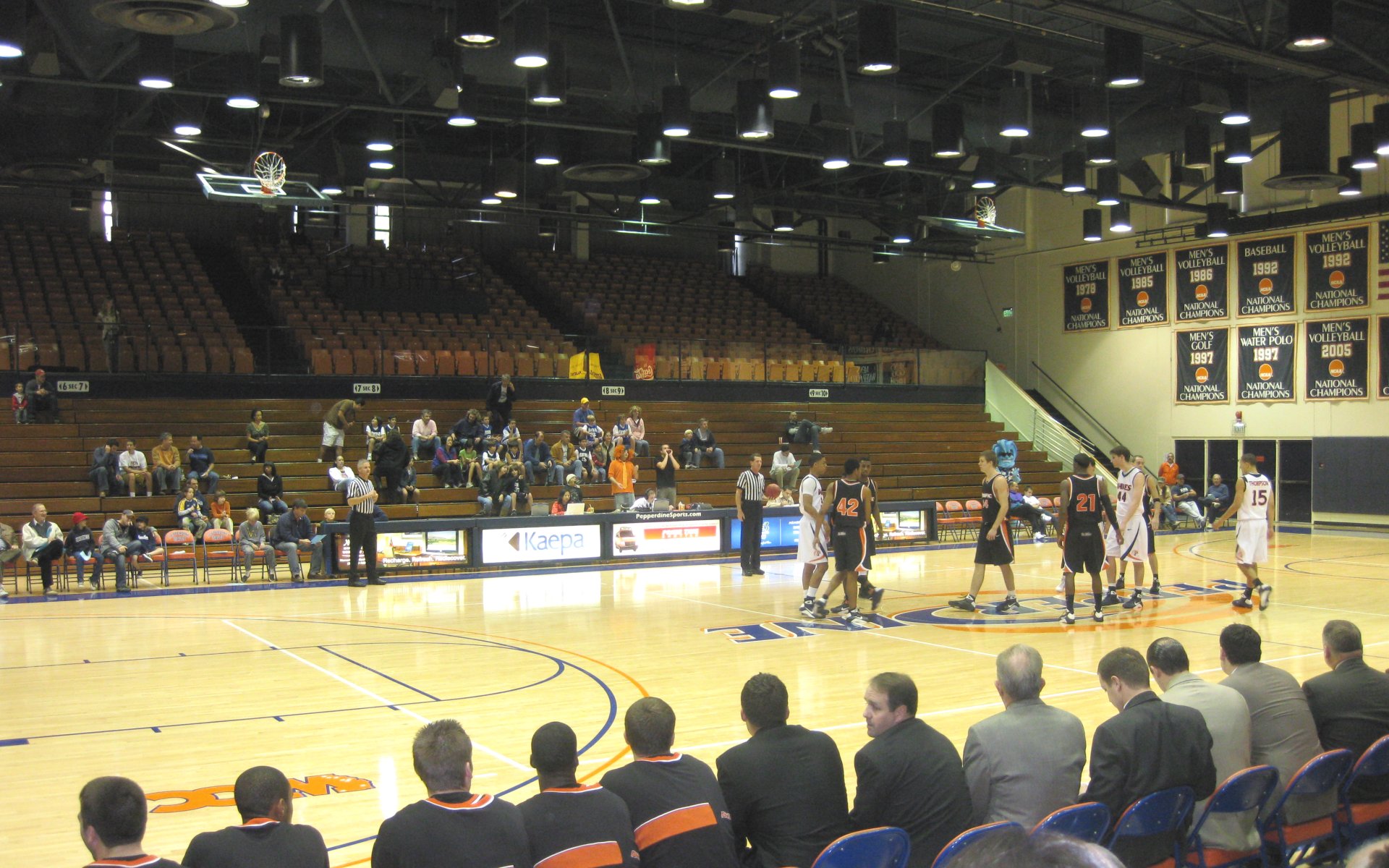
Men and women living with only what they can carry, consistently passed by and looked down upon. Seemingly neglected by a society where wealth is in abundance.
Malibu has actively been working to better meet the needs of its homeless community, to make it a community where no homeless man or woman is mistreated but taken care of and respected. Meanwhile, Pepperdine and Malibu parents are wrestling with how to teach their children how to treat those who are less fortunate.
“At the end of the day they deserve the same amount of dignity as you and I,” Matt Kalish, assistant athletic director in Business Operations at Pepperdine, said he teaches his son. “Be aware of where you are but love them just the same, it doesn’t matter. It is so important to be in the moment with the person you are with because that’s one of the ways we show love, by listening, by sitting there, by engaging with them and looking them in the eye.”
There are 161 homeless individuals in Malibu, 26 females and 135 males, Jay Scott, the chair of the Malibu Task Force on Homelessness, said.
The homeless population rose by 3.8 percent from 2013 to 2015, Emily Sawicki wrote in Malibu Times article.
Malibu is the 10th most wealthy area in LA County, with a median income of $138,215, according to The Los Angeles Times.
“Because Malibu is an affluent community, there are many who want nothing to do with the homeless,” Scott said. “They want to go home at night and shut their gates. But there are also a group of residents who care about those less fortunate residing in the Malibu area.”
The Malibu Task Force partners with The People Concern and a few other outreach centers to work with the homeless and build one-on-one relationships with them, Scott said. As of mid-April, the task force and its community partners have made contact with 106 of the 161 homeless within Malibu and are working on getting them off the streets.
By talking with the homeless within the community, Malibu residents can better understand their needs and how they want to be treated and what can be done to help them, Kalish said.
“The reason for the sudden growth in the homeless population in Malibu is that we are being pushed out of Santa Monica by the local police and forced to relocate,” said Jacob, a homeless man living in Malibu who asked only to be identified by his first name.
“People look at me like I have some kind of disease and I’ll never understand that,” Jacob said.
Homeless individuals seek respect
“Take me for who I am and not a preconception of the homeless,” said Daniel Rustin, a Michigan native who booked a flight to Los Angeles, California in hopes of starting a new life. “I don’t want anything that I don’t deserve.”
Rustin said the homeless want to be treated with respect, like any other people.

“The way that people treat me has a huge effect on me because I’m at the mercy of my environment but I find an outlet for myself,” Bo Barrhean, a homeless man living in Malibu, said.

People do not approach the homeless in Malibu for various reasons such as that they make them feel nervous, they lack hygiene, and they cause people to be afraid because some talk to themselves, said Brinna Lee, a sophomore biology major said.
“I look forward to teaching my kids how to treat the homeless with respect like they would any other person, and explain to them why people become homeless and the various causes,” Lee said.
Parents can impact their children’s actions
How parents act toward the homeless as well as how they explain homelessness to their children can influence their children’s actions in either a positive or negative way.
“I teach my children to be alert around the homeless but also to respect them,” Kevin Green, academic coordinator at Pepperdine, said. “The homeless here are a lot more friendly than those back at home in Chicago so I’m not as nervous for my kids to interact with them.”
One never knows how someone ended up on the streets, Malibu parent George Lindo said.
“I have taught my children to treat the homeless with respect,” Lindo said. “You never know what choices lead them to where they are at, even if they were bad we are to still treat them kindly.”
Carrie Wall, assistant professor of Teacher Education at Pepperdine University, said parents can better educate their children on homelessness by encouraging their children to ask questions, and by teaching their children to be grateful for what they have been given.
“What is important for parents to remember is that the ways they explain homelessness is going to differ depending upon the ages of their children,” Wall said. “Children need to be able to grasp and understand the truth about the homeless in a tangible and real way that is suited to their age.”
Parents need to let their children ask questions and then reply in simple and easy to understand terms.
“Sometimes parents just go on and on,” Wall said. “And No. 1, the kid can’t get it and No. 2, they may not have even been asking that question, or we may give them more information that may be even more unsettling for them. Listen first and then give them the facts.”
One of the best ways for parents to teach their kids is through example, Wall said. If a child sees their parents acting a certain way toward the homeless, they will be likely to act the same way.
Faith response
“You tell a child to treat a homeless adult like any other adult because we all have dignity,” said Raymond Carr, assistant professor of Religion at Pepperdine University. “There is wisdom needed in how we approach the homeless, you might actually find that someone who is not homeless may be even more of a threat to your child than someone who is homeless.”
Many of the homeless in Malibu live in their cars and do not want to be labeled and stereotyped as homeless, Carr said.
The faith community in Malibu comes together every Thursday of the month to provide a warm meal for the homeless. Families come together and encourage their children to help.
“The parents are having their children do the serving and it is amazing to watch the children and how they interact with the homeless,” Scott said. “The same kids come back every month because they look forward to it, and when everyone is served the kids can take whatever food is left over, put it on a plate and go sit with the homeless.”
Regardless of religion, members of the Malibu community can get involved by buying the homeless a meal instead of giving them money, or just spending time talking with them, Kalish said.
“My parents taught me to how to treat the homeless by their own actions,” Emily Tanaka, a junior political science and sociology double major, said. “Instead of giving the homeless money, my parents would give them our leftovers so they would have a nice meal. They would donate money to charities to help get the homeless off of the streets.”
Michelle Maemone completed this story under the supervision of Dr. Christina Littlefield in Jour 241 in spring 2017.



